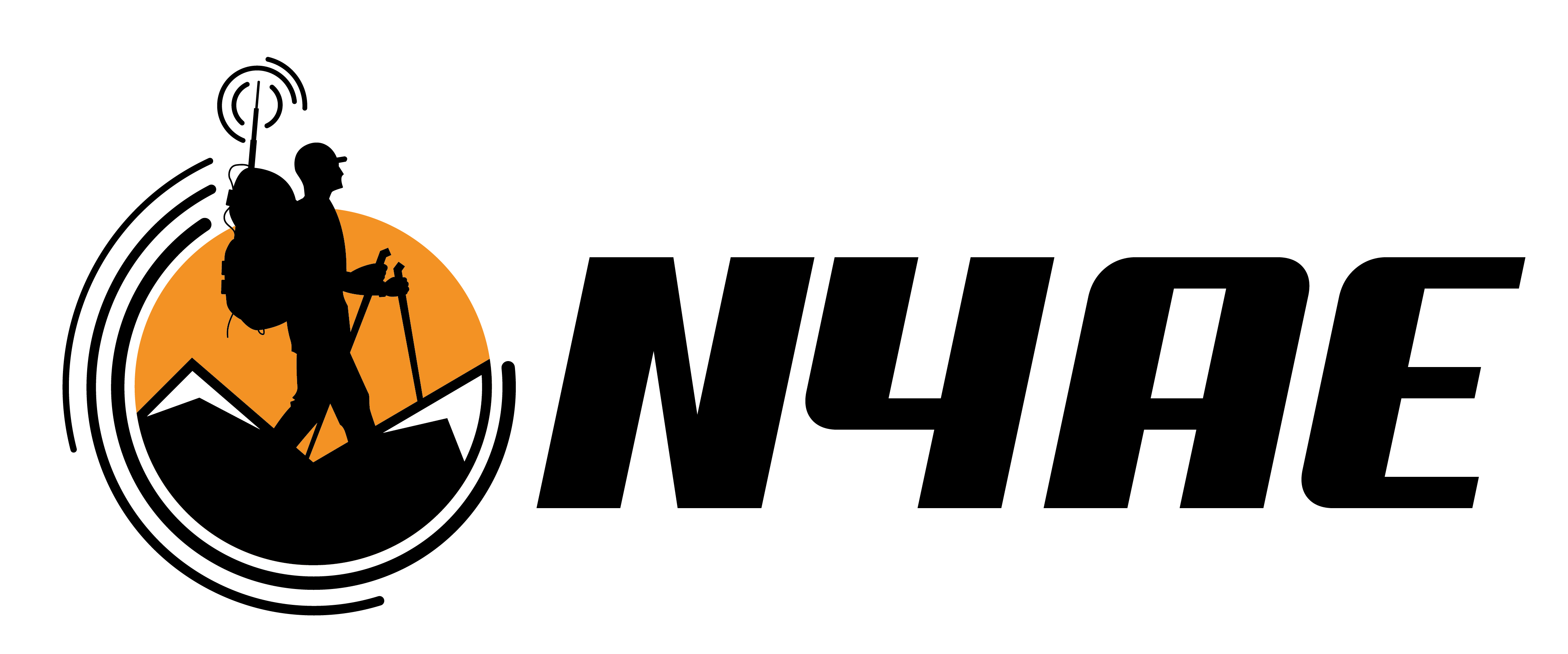How to Calculate the Frequency of Optimum Traffic
This article is the third in a series on Portable NVIS Communication. This series focuses on short-haul communication during a disaster.
Introduction
Earlier in this series, I introduced the Three Keys to NVIS Communication:
- Critical Frequency (foF2)
- Maximum Usable Frequency (MUF)
- Frequency of Optimum Traffic (FOT)
I discussed the first two elements in this article. I also explained how to get real time data online.
The final key element is Frequency of Optimum Traffic (FOT). It is the highest effective frequency that is usable for a specific path and time for 90% of the days in the month. Amateurs sometimes refer to it as the Optimum Working Frequency for this reason, and it is just below the value of the Maximum Usable Frequency.
Maximum vs. Effective

In the ionogram observation above, the Maximum Usable Frequency is 21.47 MHz. It is the highest frequency that would permit communication between two stations 3,000 km apart.
In a disaster situation where two stations are much closer to one another, the MUF isn’t very effective. Each station would overshoot the other, and communication would not take place. We need a way to determine the most effective frequency for these two stations.
At 100 km, the ionogram suggests that 7.7 MHz is the value of MUF. Anything below this frequency will work for short-distance communication using NVIS antennas.
But what is the most effective frequency at this distance? What frequency is most effective for ionospheric reflection between these two points on Earth?
Let’s do some easy math.
Calculating Frequency of Optimum Traffic
The Frequency of Optimum Traffic is 15% below the monthly median value of MUF.
![]()
where ![]() is the Maximum Usable Frequency.
is the Maximum Usable Frequency.
If ![]() for 100 km is 7.7 MHz, we can calculte
for 100 km is 7.7 MHz, we can calculte ![]() .
.
![]()
Notice that the value of ![]() is lower than foF2 in the ionogram. That fact should make sense. foF2 is the highest (critical) frequency where a signal will bounce off the atmosphere and back to Earth.
is lower than foF2 in the ionogram. That fact should make sense. foF2 is the highest (critical) frequency where a signal will bounce off the atmosphere and back to Earth. ![]() is the absolute best frequency for stations within 100 km of one another.
is the absolute best frequency for stations within 100 km of one another.
But Amateurs Cannot Transmit There!
No, you can’t.
Neither can other radio services like the Maritime Service, even though they have an allocation at 6 MHz. Unless you’re a military station, you have to use the next highest authorized frequency.
In the Amateur Radio Service, that frequency is 5.405 MHz in the 60 Meter Band. Even at 30% of the MUF, the 60 Meter Band still is reliable for NVIS communication.
Using FOT in a Disaster Relief Operation
The most reliable frequencies for NVIS communication are between 2 and 8 MHz. Some authors push the upper limit to 10 MHz, but foF2 rarely rises that high.
In a disaster relief operation, Amateurs use FOT to know when it is time to change bands. As foF2 rises and falls, so too will FOT.
The reality is that Amateur Radio operators only have three bands for NVIS communication: 80, 60 and 40 Meters.
The rule of thumb is 40 or 60 Meters during the day and 80 Meters at night.



















